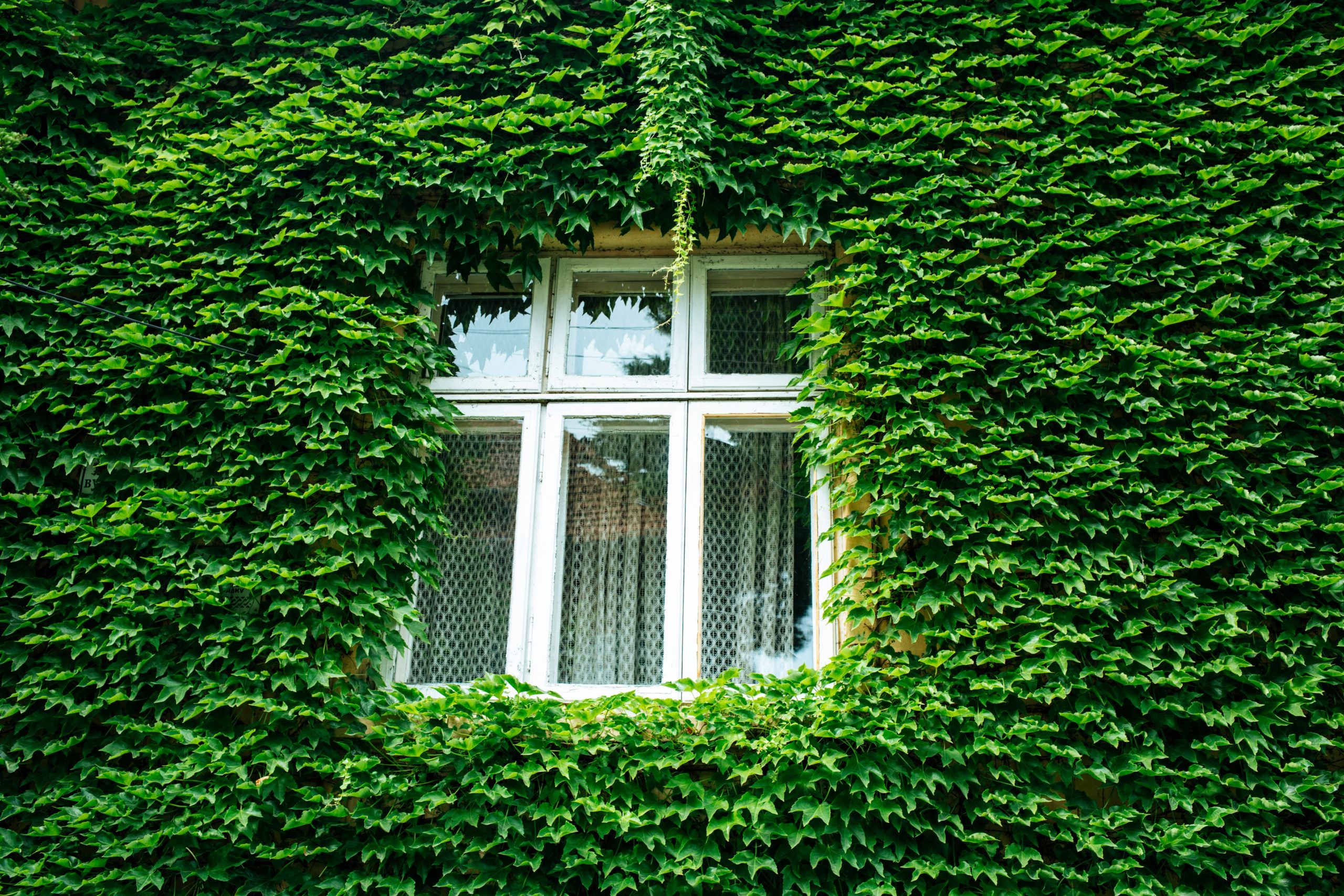To reduce your energy bill, you can choose from a number of options, such as renovating your heating equipment or improving the insulation in your home. You can also call on professionals to help you find the right solution for your needs. Among the many other alternatives, the ecological or bioclimatic house should be considered. This type of housing is structured to consume less energy, while being environmentally friendly. Thus, its occupants can make considerable savings while enjoying real comfort. Zoom in on its characteristics.
What is a bioclimatic house?
A bioclimatic or ecological house is a house that meets eco-responsible construction standards. Known as the « passive » house, it offers an operating mode that combines economy and comfort. Indeed, the ecosystem and the climate are taken into account and exploited in order to improve the well-being of its occupants. Indeed, this type of housing makes use of wind and sun to regulate the indoor temperature: cooling in summer and providing high-performance insulation in winter. As a modern house, it is able to produce energy in addition to saving energy. In a way, it is an intelligent construction with as many features to ensure a good living comfort for its inhabitants.
A house with simplistic operation
For the implementation of an ecological or bioclimatic architecture, three elements must be considered: the house, the climate and the occupants. Only the balance between these components can make the system efficient. Indeed, the house was designed to produce energy autonomously. It recovers and diffuses natural heat indoors. In addition, it is recommended to choose a house with a compact shape, especially a cube. Remember that the objective is to reduce heat loss as much as possible. Other conditions must be respected, such as: orientation, materials to be used, insulation and ventilation.
A south-facing orientation
It is known that the southern facade of a house is exposed to the sun in winter. In order to save energy, you should think about building a south facade thick enough to receive the heat of the sun in winter and heat the house naturally at night. To improve indoor thermal comfort, you may also consider installing a veranda with canopies and plants to store cold winter air. But again, avoid installing living rooms on the north side. Instead, install a washroom or laundry room.
Adapted materials and colors
The choice of materials and colors is very important when building an ecological house. The fact is that the concept is based on a desire to exclude any air-conditioning and heating system. In order to maintain the performance and comfort of the building, it is necessary to rely on materials that intelligently capture natural energy, store it and transform it to diffuse it throughout the house. Thus, materials with dark or opaque colors will be perfect. For example, choose wood, terracotta, brick or straw, which stores heat well. Concrete or stone walls and slabs can also retain the sun’s heat.
Good thermal insulation
Another characteristic of the ecological house is its insulating capacity. Opting for insulating materials for the walls is therefore essential to reduce energy needs and stabilize the ambient temperature estimated between 18 and 22°. This will reduce thermal bridges and maximize comfort inside the home. Above all, it will prevent you from abusing heating and air-conditioning equipment. When it comes to windows, opt for sliding or high energy efficiency models such as double or triple glazed windows. Also, make sure that the structure of the house is airtight. To make your home more comfortable and enjoyable, don’t forget to install an efficient ventilation system. The best alternative is a dual-flow heat exchanger system or the Canadian well system.

Comments are closed